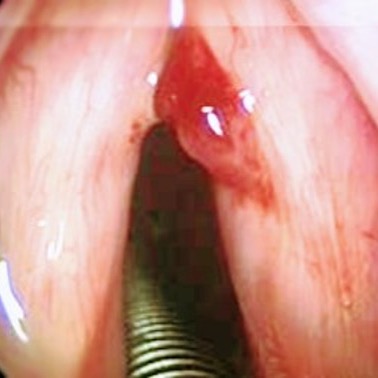Head slippage following displacement of a Mayfield head clamp leading to a unique complication of laryngeal edema in an intubated patient: case report
DOI:
https://doi.org/10.55005/v3i1.3Keywords:
Mayfield head clamp, neurosurgery, complication, laryngeal injuryAbstract
Introduction: The Mayfield head clamp (MHC) is a three-pin skull clamp that allows excellent cranial stabilization during head and neck surgery and is the most frequently used head clamp in neurosurgery. In many cases, surgery is performed with complete reliance on the safety of the MHC. However, potentially serious or life-threatening complications, such as scalp lacerations, depressed skull fractures, venous emboli, or extradural hematoma can rarely occur.
We describe a case in which the MHC displaced downwards due to sudden loss of grip during postoperative removal with a brief review of the literature.
Case report: The patient was a 60-year-old male who was scheduled to undergo tumor resection of a recurrent bilateral parasagittal parafalcine meningioma via a bicoronal approach. While removing the MHC, the lower screw stabilizing the arm of the MHC system displaced downwards (when force was applied from both directions) leading to an extension of flexed neck along with jerking of the cervical spine despite hand stabilization of the head in an intubated patient with slight upward displacement of a tightly fixed endotracheal tube.
Conclusion: We emphasize the importance of properly managing and maintaining instruments to prevent fatal injury.
References
Chovanes GI. Breaks in Mayfield head holder. J Neurosurg. 1992 Dec;77(6):977. doi: 10.3171/jns.1992.77.6.0977.
Day JL. Maintenance of Mayfield head rest. J Neurosurg. 1992 Dec;77(6):977. doi: 10.3171/jns.1992.77.6.0977a.
Taira T, Tanikawa T. Breakage of Mayfield head rest. J Neurosurg. 1992 Jul;77(1):160-1. doi: 10.3171/jns.1992.77.1.0160.
Atteya MME, Raslan S, Elkallaf M, Soliman MS, AlQalla MA. A novel method for safe and accurate placement of the rocker pins of head immobilization devices utilizing a digital caliber phantom: technical note. Childs Nerv Syst. 2019;35(9):1599–1602. doi: 10.1007/s00381-019-04216-x
Baerts WD, de Lange JJ, Booij LH, Broere G. Complications of the mayfield skull clamp. Anesthesiology. 1984;61(4):460–461. doi: 10.1097/00000542- 198410000-00017
Marty-Ané CH, Picard E, Jonquet O, Mary H. Membranous tracheal rupture after endotracheal intubation. Ann Thorac Surg. 1995 Nov;60(5):1367- 71. doi: 10.1016/0003-4975(95)00643-Y.
Lee TH, Kim SJ, Cho DS. Broken mayfield head clamp. J Korean Neurosurg Soc. 2009 May;45(5):306-8. doi: 10.3340/jkns.2009.45.5.306.
Thijs D, Menovsky T. The Mayfield Skull Clamp: A Literature Review of Its Complications and Technical Nuances for Application. World Neurosurg. 2021 Jul;151:102-109. doi: 10.1016/j.wneu.2021.04.081.

Downloads
Published
How to Cite
Issue
Section
License
Copyright (c) 2023 Tahreem Fatima

This work is licensed under a Creative Commons Attribution 4.0 International License.
Authors retain copyright of their work, with first publication rights granted to the publisher.






